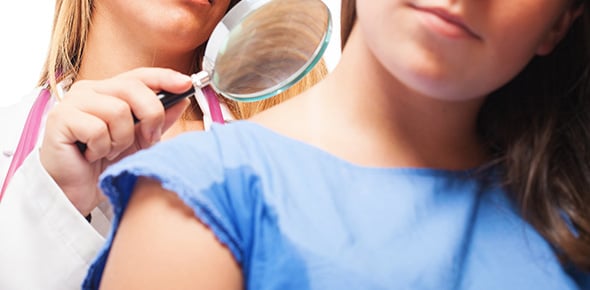Facial Quiz And Facts Vrq 2
- ITEC
- CIDESCO
2.
You may optionally provide this to label your report, leaderboard, or certificate.
Submit
×
Thank you for your feedback!
















